It took more than 40 years, after a deadly conflict with Iraq and a grueling legal battle with looters, for Iran to recover a stolen treasure and display it in its national museum.
The discovery and repatriation of 51 glazed bricks from the Manaean kingdom, dated from the 10th to the 7th centuries BC, in the north-west of the territory of present-day Iran,
"is a series of incredible adventures"
, explains to AFP the archaeologist Youssef Hassanzadeh.
To discover
Presidential 2022: find here the result of the second round of the election
Discover the “Best of the Goncourt Prize” collection
The story begins after the 1979 revolution when Mirza Ali, while cultivating his field, discovers painted ceramics used to decorate a temple in his village of Qalaichi, near the Kurdish town of Boukan.
"Immediately, people began to loot and sell glazed bricks, taking advantage of the lack of government control,"
said Youssef Hassanzadeh, the organizer of the exhibition.
Read alsoIran: the Museum of Jewels, demonstration of a past imperial myth
Excavations during the war
In 1985, in the midst of the war with Iraq, the authorities sent a group of archaeologists there, protected by soldiers.
They start a first dig and seize some bricks but it's too late.
Smugglers have already shipped some of the treasure overseas.
Several Iranian bricks are gradually entering private collections and museums around the world.
The site will not reopen until fourteen years later.
On these square bricks of about 30 cm, are painted with a vitrified coating, on a black, brown, light blue, yellow or white background, anthropomorphic animals such as lions and winged cows with human heads, horses and bulls with a goat's horn, kneeling men and women and other mythological figures.
"Masters of the art of glaze, the Manaeans, who practiced a polytheistic religion, decorated the facade of their temples in this way"
, according to the archaeologist.
Photograph of a Boukan enamel brick repatriated from Switzerland on display at the Iranian National Museum in Tehran, in April 2022. ATTA KENARE / AFP
The story takes a new turn when the British Museum learns that an Iranian family has offered a set of glazed bricks for sale in the port of Chiasso on the Italian-Swiss border.
In 1991, the British museum sent its curator of Middle Eastern collections John Curtis to negotiate a possible purchase of these antiquities.
Expert of the Assyrian and Iranian world, he immediately realizes that the collection belongs to the site of Boukan and advises the British Museum and other European museums not to buy them, because it is a unique collection which does not must not be divided and must be returned to its country of origin.
Read alsoThe “interconnected” story of the Stonehenge site told at the British Museum
The Iranian owner of the collection does not hear it that way.
He is not prepared to return the treasure which is in his deposit in Switzerland.
“In 2008, the Swiss police seized the objects.
The case is taken to court.
A French archaeologist Rémy Boucharlat who led excavations in Iran confirms that the collection has an identity
, “says the Tehran Museum.
"Under pressure from the Iranian diplomatic apparatus and the official complaint of the National Museum in 2015, the legal process continues and finally on December 20, 2020, the collection returned to us"
, welcomes Jebrael Nokandeh, curator of the National Museum.
Photograph of several glazed Boukan bricks repatriated from Switzerland on display at the Iranian National Museum in Tehran, in April 2022. ATTA KENARE / AFP
Iranian Antiquities Collection
Refunds are not always so complicated.
In an adjoining room, the museum exhibits 29 pieces from the Bronze Age to the Islamic period.
“Last year, a descendant of Henri Goblot approached the Iranian cultural adviser in Paris and informed him that he had a collection of Iranian antiquities
,” proudly recounts Jebrael Nokandeh, who is also an archaeologist.
"We don't know the details and we don't know what areas he dug in, how he collected them, and under what conditions he kept them
," he adds.
Read alsoAntiquities trafficking: fifty-five archaeological pieces returned to Greece
Engineer, Iranologist and resistant, Goblot (1896-1988) lived in Iran during the Second World War where he was the plenipotentiary representative of the Free French government under General de Gaulle, specifies Jebrael Nokandeh.
“He had probably visited Iranian archaeological sites and collected objects to transport them to France”
, assures the director of the Museum.
But the quest is not over in this country which is more than 5000 years old and which conceals a wealth of ancient objects.
"
We are in talks with the United States to return objects as well as with Australia
," says the director.

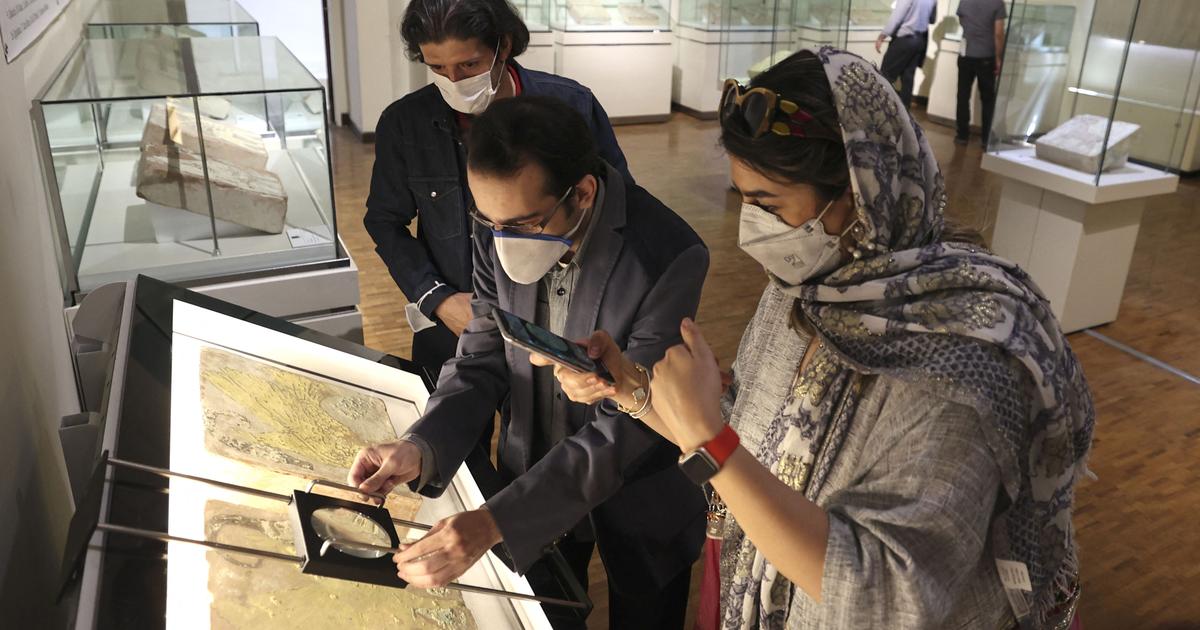

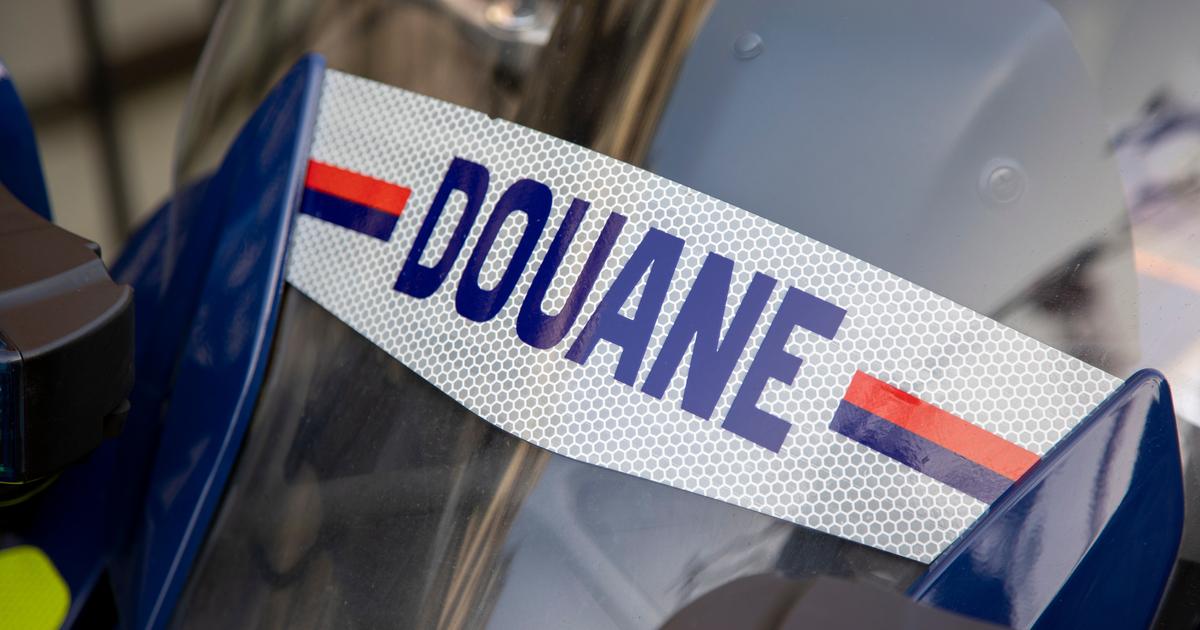

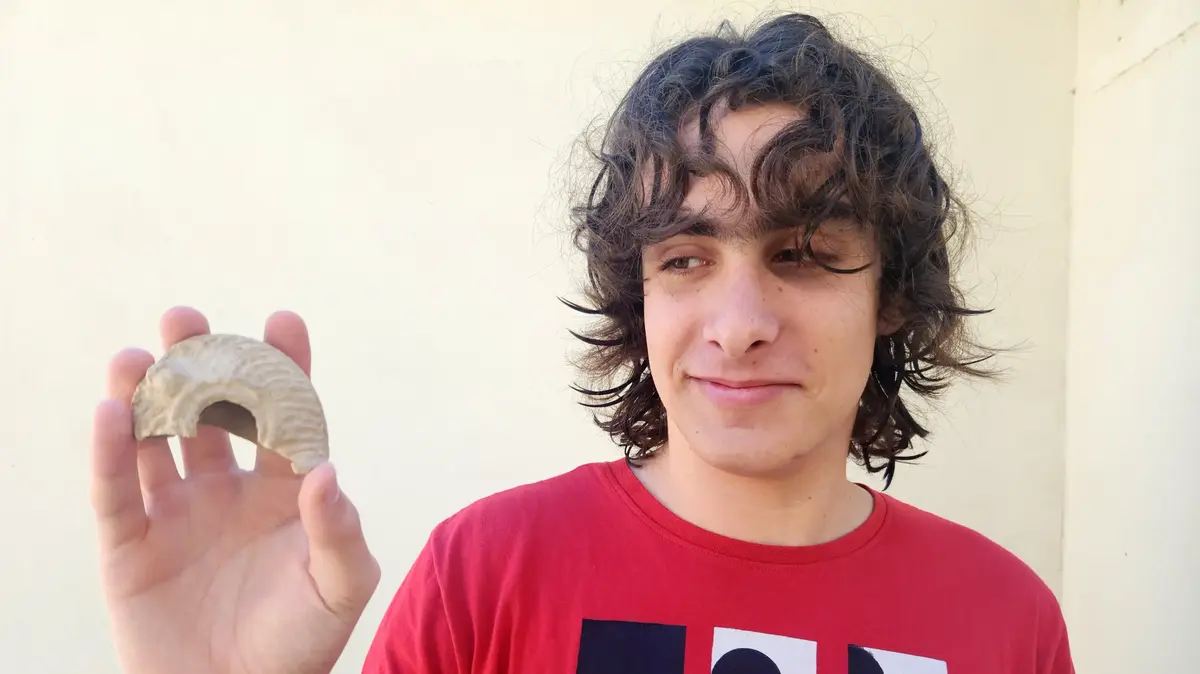
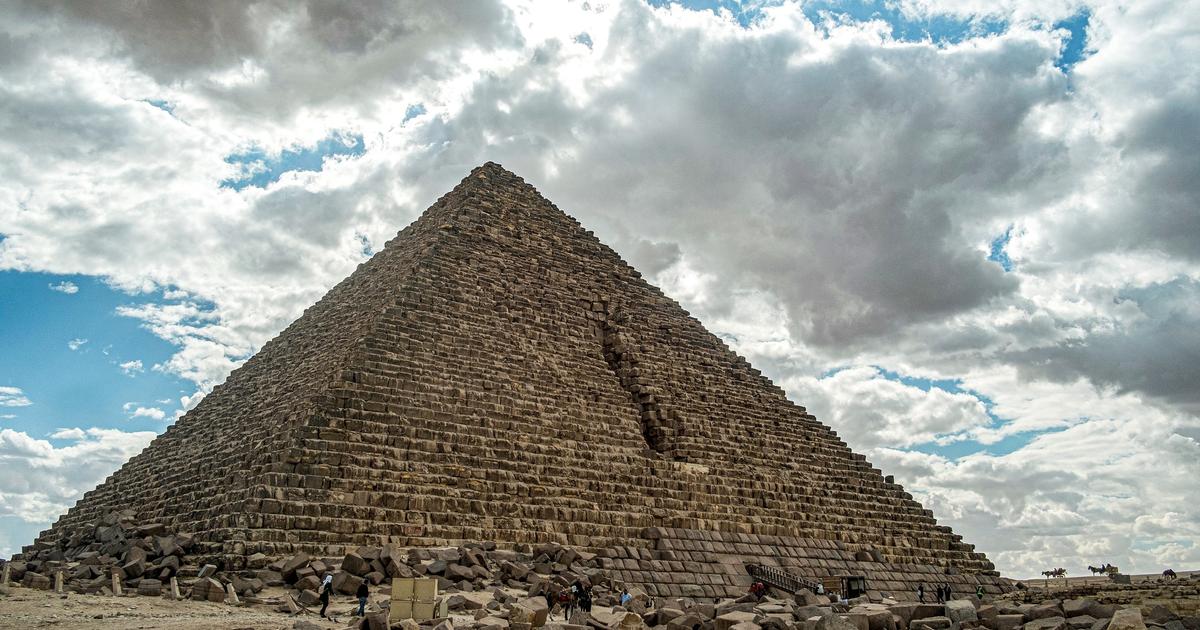
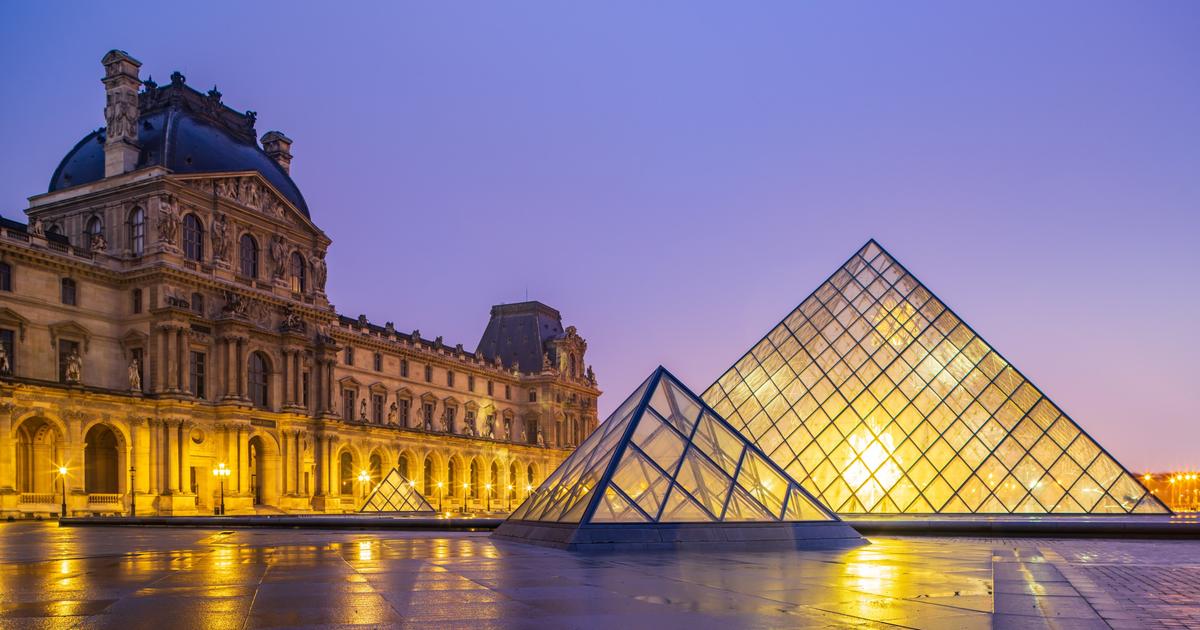
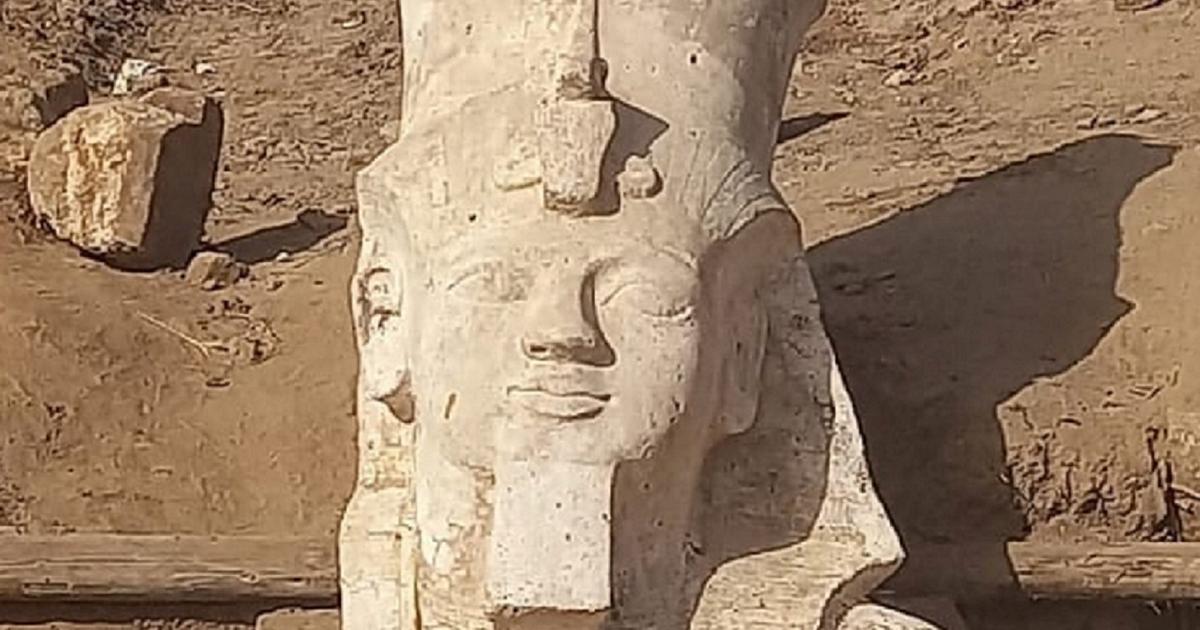
/cloudfront-eu-central-1.images.arcpublishing.com/prisa/PLNY3OH7WVF7PAHBVU6Y6QKPTI.jpg)


/cloudfront-eu-central-1.images.arcpublishing.com/prisa/KMEYMJKESBAZBE4MRBAM4TGHIQ.jpg)


